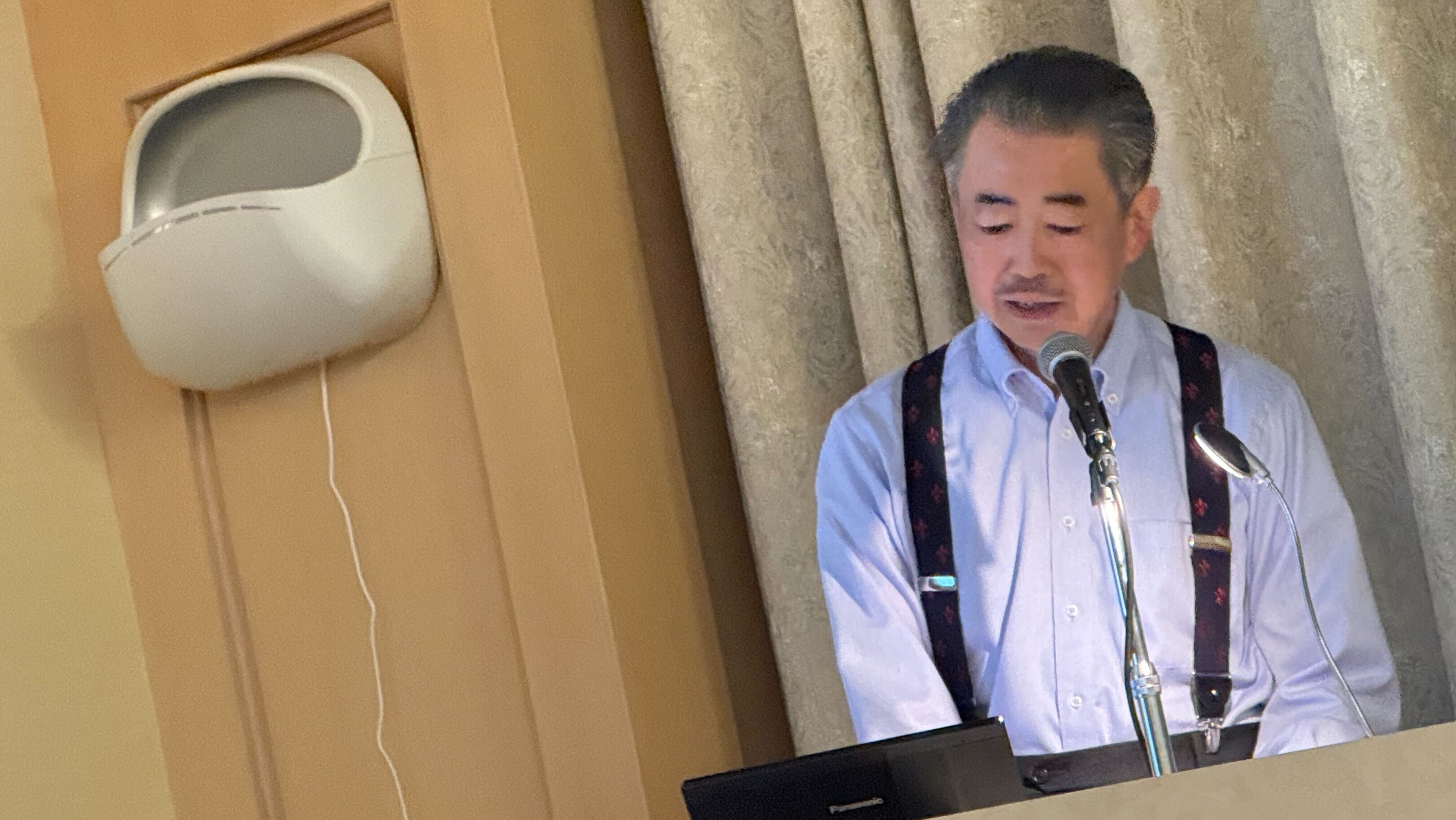Lecture Report: Professor Koichiro Kuraji, The University of Tokyo
We all know it’s “hotter with global warming.” But what startled me most in Professor Kuraji’s talk was the fact that “the timing of snowfall is shifting.” Snow is increasing in December, but decreasing from January onward. For ski areas, that’s a matter of survival—and it ties directly into the region’s water cycle. That finally clicked for me.
First, check the facts: Hokkaidō has seen “a different level of heat” these three years
- A northward shift of the westerlies
- The overlap of the Tibetan High and the Pacific High
- Exceptionally warm sea-surface temperatures in surrounding waters “just happening” to coincide this year
- Long-term warming met short-term variability this year.
Trends near Rusutsu (Kimobetsu / Kutchan): total amounts similar, but snowfall and melt patterns are different
- Long-term trends show no marked increase or decrease in annual precipitation or in the frequency of short, intense rains (Kutchan’s 80-year statistics).
- However, the intra-seasonal distribution of snowfall and snow cover has changed:
- December: a tendency toward more snowfall
- January–February: stronger temperature increases and a tendency toward less snow
- Snow depth: easier to build in early January, but drops sharply into April
- In other words, it’s less about “how much falls” and more about when it falls and how fast it melts. Warming in February is especially pronounced—analyses suggest roughly +4 °C over ~50 years.
→ This affects not only ski operations but also the rhythm of spring snowmelt floods and groundwater recharge.
Law and principle: why we build a “sound water cycle” locally
- Professor Kuraji also spoke as chair of the follow-up committee for the Basic Act on the Water Cycle.
- The Act is a framework law for handling water holistically, not in silos.
- When human activities overlap with nature’s original water cycle, the state that balances “benefits” and “risks” is a sound water cycle.
- Forests are pivotal: by intercepting raindrops, suppressing surface runoff, storing water in soils, and promoting infiltration, they slow, store, and soak the flow through layered retention mechanisms.
Global and Japanese practice: the keyword is “slow the flow”
- Four fundamentals:
- Delay surface runoff
- Store water
- Promote infiltration
- Evaporate/intercept before it arrives
- In the UK, leaky dams (permeable check structures) made of logs, etc., deliberately let water leak through.
- In Japan, improvements are underway to give erosion-control dams permeability. A strength here is that low-tech + citizen participation can implement these measures.
What we can do in Rusutsu: link forest–ski area–infrastructure through “water”
- Within the resort’s catchment (the red-boxed area), a broad forest belt—including national forest—and ski facilities coexist.
- On site, we can see detention ponds that aren’t fully concrete-lined, and places where felled timber naturally slows flow—creating a kind of “pseudo leaky dam.”
- By using these existing assets wisely, we can:
- Create chains of small structures that slow downstream flow
- Build pathways from storage → infiltration
- Verify effects with data (visualizing weather, discharge, and groundwater levels)
This is a concept to be advanced by government, operators, researchers, and the community together.
→ “Forest management = water management” can start here with the materials and know-how at hand.
In summary: protecting snow is protecting water
- Snow increasing in December and decreasing after January—this shift is not only a ski issue; it also changes the face of spring water.
- The keys are forest-based designs that slow, store, and soak the flow—and data operations that measure their effects.
- As a local embodiment of the Act’s principle of a sound water cycle, Rusutsu has ample potential.
Finally
“When snow arrives, how fast it melts, and how we care for forests”—dots that once felt separate connected into a single story. I left the venue feeling a clear, forward-looking energy: a water cycle that only a ski resort can create, starting here.
